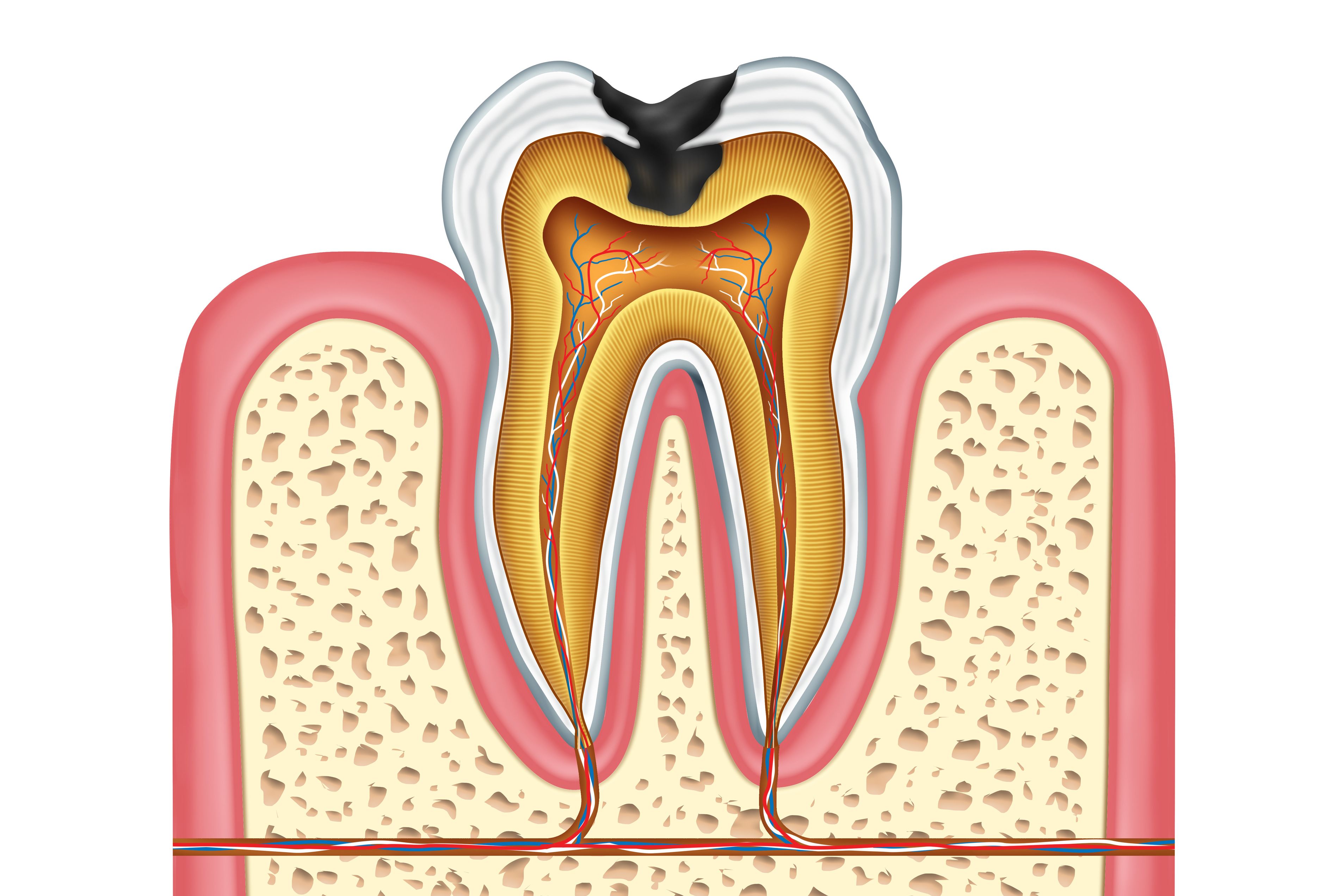Treatment for Cavities
 Finding out that you have a cavity is always disappointing. It means that you will have to attend an additional dental appointment to have the cavity treated. While the goal is always to prevent tooth decay, today’s advanced treatment options efficiently improve your oral health without compromising your smile’s appearance.
Finding out that you have a cavity is always disappointing. It means that you will have to attend an additional dental appointment to have the cavity treated. While the goal is always to prevent tooth decay, today’s advanced treatment options efficiently improve your oral health without compromising your smile’s appearance.
At Nordhus Dentistry, Dr. Byron J. Nordhus offers the latest restorative dentistry treatments to address cavities and optimize the health of your mouth. We invite you to schedule your next dental exam at our Wichita, KS practice so we can determine if any of your teeth are affected by tooth decay.
The type of treatment that we recommend will depend on how far the cavity has progressed. Here, we go down the list of treatment options, from the most conservative (for smaller cavities) to the most aggressive (for larger areas of decay and infection).
Tooth-colored Fillings
If you attend routine dental exams and cleanings, which should take place every six months, a tooth-colored filling is typically all that is needed to treat your cavity. This is because a cavity typically doesn’t have time to affect a large portion of a tooth in just six months.
This treatment option can typically be completed in under an hour. First, we will administer the numbing medication and give it 10 to 15 minutes to take effect. Then, Dr. Nordhus will remove any infected portions of the tooth. Once the tooth is clean, the filling will be placed.
Tooth-colored fillings are made of a white composite material that is fitted directly to the tooth to fill in any tooth structure that was lost to decay. Once applied and shaped, the bonding material is hardened with a curing light. The final step of the procedure is to further shape the bonding material to maintain your bite.
Inlays and Onlays
The initial step of the remaining treatments for dental cavities is the same as that performed for placement of a tooth-colored filling. The treatment area is numbed, and the infected tooth material is removed. What differs is the type of restoration that is placed.
Inlays and onlays are porcelain restorations that are made in a lab. They are used for medium-sized cavities that affect the pre-molars and molars.
After the tooth is cleaned, impressions will be taken so lab technicians can craft a restoration that will fit within the indentations of the biting surface of the tooth. Inlays fit within the indentation, while onlays extend up to the cusps of the teeth.
Once the restorations are made, they can be cemented in place, replacing the lost tooth structure.
Dental Crowns
Dental crowns are also made of porcelain and made in a lab. They can be used for large cavities that have compromised the tooth’s ability to withstand the daily pressure of biting and chewing. The restorations completely encase the tooth.
To prepare the tooth for the crown, some tooth material will be removed from all sides of the tooth, in addition to the decayed tooth structure that is removed. Then, impressions are taken of the teeth to guide lab technicians in fabricating the crown.
When the crown is ready, it is cemented over the tooth, protecting it from further damage.
To find out which restoration will effective treat your cavity, contact Nordhus Dentistry today.


